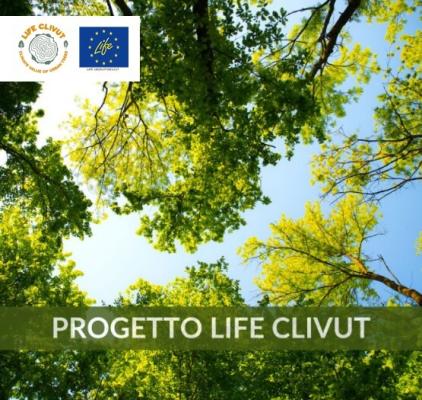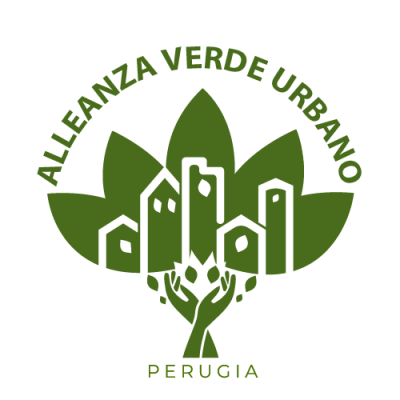- Email : info@lifeclivut.eu
News & Events
PANDEMIC AND CLIMATE CHANGE
A study by the Institute on Air Pollution and the Institute of Cultural Heritage Sciences of the CNR shows how the pandemic and climate change, apparently different, instead have similar dynamics.
The research, published in Global Sustainability, analyzes the temporal evolutions and the risk of the two phenomena, allowing us to draw important lessons from the current crisis to face those that can be expected in the future.
With the appearance of the pandemic caused by Covid-19 it seemed that there had been a moment of "peace" regarding climate change and pollution: cleaner waters, less gas emissions etc.
But are we sure that this period of downtime was enough to heal the planet?
According to a study carried out by Antonello Pasini and Fulvio Mazzocchi, researchers of the National Research Council belonging respectively to the Institute on Atmospheric Pollution (CNR-Lia) and the Institute of Cultural Heritage Sciences (CNR-Ispc), the temporal evolutions of the Covid-19 pandemic and climate change were analyzed, with considerable differences in the timing of evolution of the two phenomena (an aspect that affects the perception of their relative severity).
Both phenomena are characterized by a certain inertia, which leads to finding the results of our actions of contrast only after a certain period of time; For the pandemic, inertia is related to the incubation period of the virus while for the climate this depends on the long residence time of carbon dioxide in the atmosphere and the slow warming of the oceans.
Quoting an excerpt of the research work:
"If we implement a lockdown today, we will see the results in 10-15 days; If we now begin to significantly and sustainably reduce our greenhouse gas emissions, we will see the results in 20-30 years.
In both cases, therefore, it is necessary to act in advance: we then analyzed more deeply a risk equation (product of three factors: Hazard × Vulnerability × Exposure), which describes in a unitary way those for humans that come from Covid-19 and those that come from extreme climatic events "
For the impacts of climate change we can intervene on all risk factors: develop measures to combat global warming on which the increase in frequency and intensity of the most violent events depends, harmonize our presence on the territory, making it less vulnerable, and reduce our exposure with a greater risk culture".
At the same time, it can be said that the "lockdown" effect has caused a significant decrease in two of the major air pollutants and, however, almost no effect on the increase in global CO2 concentrations.
This is the balance drawn by three different studies that have examined the quality of the air we breathe: in fact, the shutdown of transport and economic activities has had limited and short-lived consequences on air pollution, nothing from which we will be able to benefit in the future.
HERE IS THE ARTICLE FROM FOCUS MAGAZINE:
"Lockdown and pollution: what has changed and what has not changed".
The research was conducted by scientists at the American Geophysical Union and published in the journal Geophysical Research Letters.
The first work used satellite surveys to estimate variations in nitrogen dioxide (NO2, a highly reactive and irritating gas for the lungs, produced during combustion processes) in some of the areas most affected by COVID-19: China, South Korea, Italy, Spain, Germany, Iran and the United States.
In the months of lockdown, NO2 levels fell by an average of 40% in Chinese cities and by 20 to 38% in Western Europe and the USA, compared to the same period in 2019.
The decrease was also confirmed by the second study, based on measurements from 800 air quality monitoring stations in northern China; The analysis also found that in the air, air particulate matter 2.5 (PM2.5) pollution had dropped by 35%.
Such reductions have not been seen since the beginning of satellite surveys of polluting gases, in the early 90s (except for a brief parenthesis at the turn of the 2008 Beijing Olympics, during which the air was drastically cleaned to avoid bad international figures).
While encouraging, however, these changes are temporary and counterbalanced by some bad news: the first is that, with less nitrogen dioxide in the air, surface ozone has returned to grow, a secondary pollutant that forms near the surface as a product of chemical reactions in the atmosphere, which take place in the presence of sunlight (photochemical smog).
The second discordant note comes from the latest data from the Mauna Loa Observatory (Hawaii) and concerns global CO2 concentrations: in April 2020 they were 416.21 parts per million (ppm), the highest value since the beginning of measurements in 1958.
In 2019 it was 415.26 ppm: despite the lockdowns, we have set a new negative record, with global amounts of carbon dioxide never recorded in the last 800,000 years, as confirmed by the levels of CO2 in ice cores.
Carbon dioxide has an average life of one century: once released into the air, if it is not absorbed, it remains in the atmosphere for a long time before dissipating.
According to UNEP (the United Nations Environment Programme), two-thirds of global energy still comes from fossil fuels.
Click here for download
























